UNESCO’s report on education and nutrition explores how education can play a role in addressing issues in nutrition.... Read More
SDGs Goal 2
The UK Research and Innovation launched a funding initiative to maximize the implementation of sustainable aquaculture in Southeast Asian countries.... Read More
Amid the ever-growing global food demand, the use of urine as a fertilizer is gaining attention.... Read More
Various cultures have food taboos for pregnant women. Unfortunately, they often lead to undernutrition risk in mother and baby.... Read More
The challenges experienced by Uzbekistan's rural populations require solutions tailored to their rural development needs.... Read More
The Ciptagelar Indigenous community has long implemented agricultural practices in harmony with nature to achieve food sovereignty.... Read More
The 2024 Global Food Policy Report recommends policies and bold actions required to make healthy diets affordable for all.... Read More
The issue must be understood and addressed on a systemic level to create meaningful progress in ending child malnutrition.... Read More
As new opportunities emerge from agricultural technology, businesses have a huge role in advancing gender-inclusive agritech solutions.... Read More
A report by UNICEF explores how climate change has exacerbated malnutrition in Indonesia and maps out priority intervention areas.... Read More


 Exploring the Intersection Between Education and Nutrition
Exploring the Intersection Between Education and Nutrition 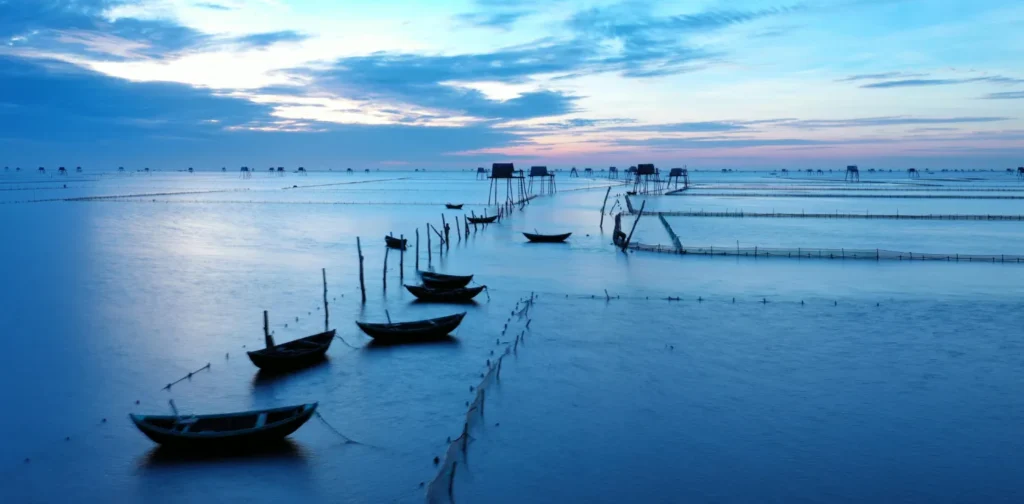 UKRI’s £12 Million Funding for Sustainable Aquaculture in Southeast Asia
UKRI’s £12 Million Funding for Sustainable Aquaculture in Southeast Asia 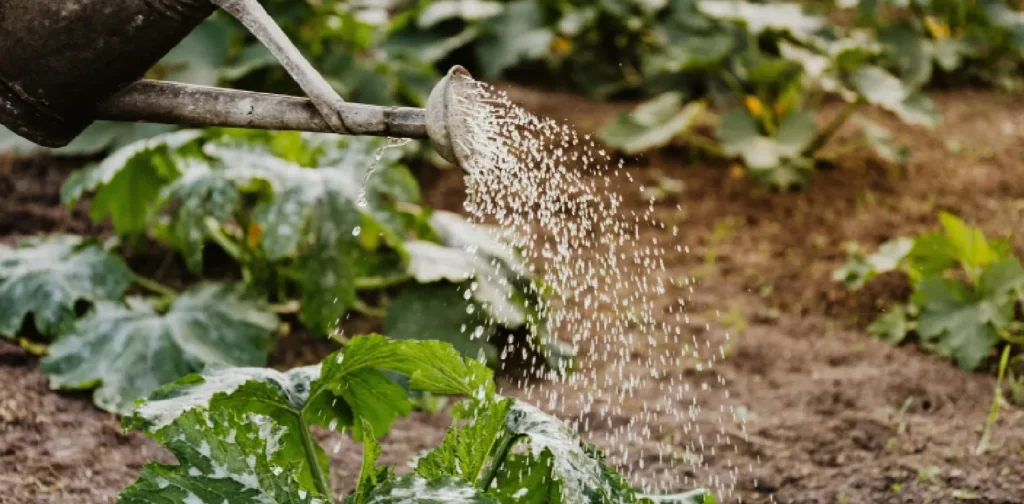 Exploring the Potential of Human Urine as a Fertilizer
Exploring the Potential of Human Urine as a Fertilizer  Food Taboos and Its Impact on Undernutrition in Pregnancy
Food Taboos and Its Impact on Undernutrition in Pregnancy  Looking into Uzbekistan’s Rural Development
Looking into Uzbekistan’s Rural Development  How Ciptagelar Indigenous Community Practices Agriculture in Harmony with Nature
How Ciptagelar Indigenous Community Practices Agriculture in Harmony with Nature 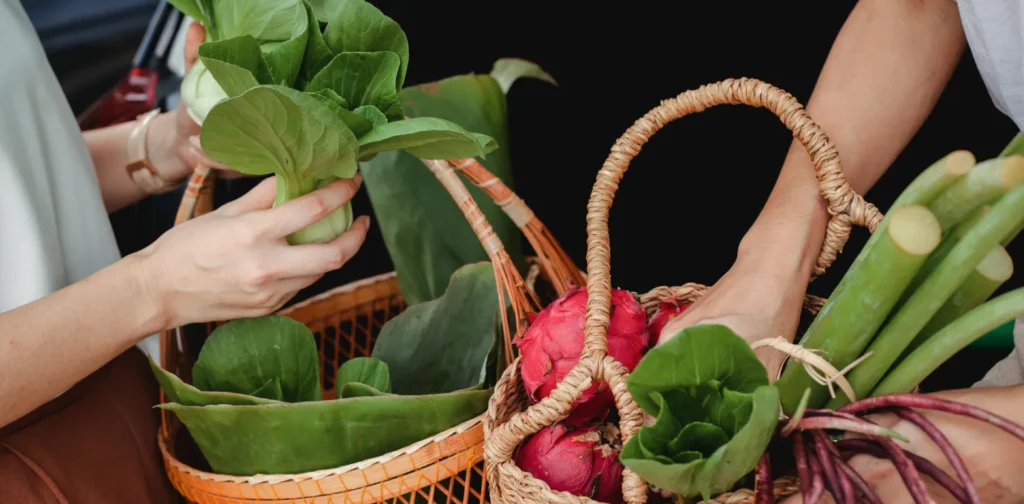 Making Healthy Diets Affordable for All: Policy overview and recommendations
Making Healthy Diets Affordable for All: Policy overview and recommendations 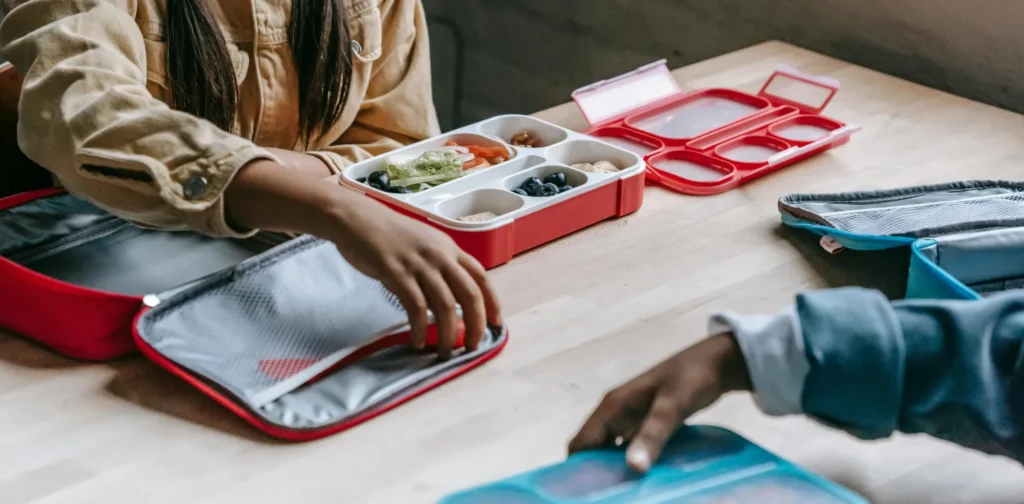 Child Malnutrition Is a Structural Issue
Child Malnutrition Is a Structural Issue 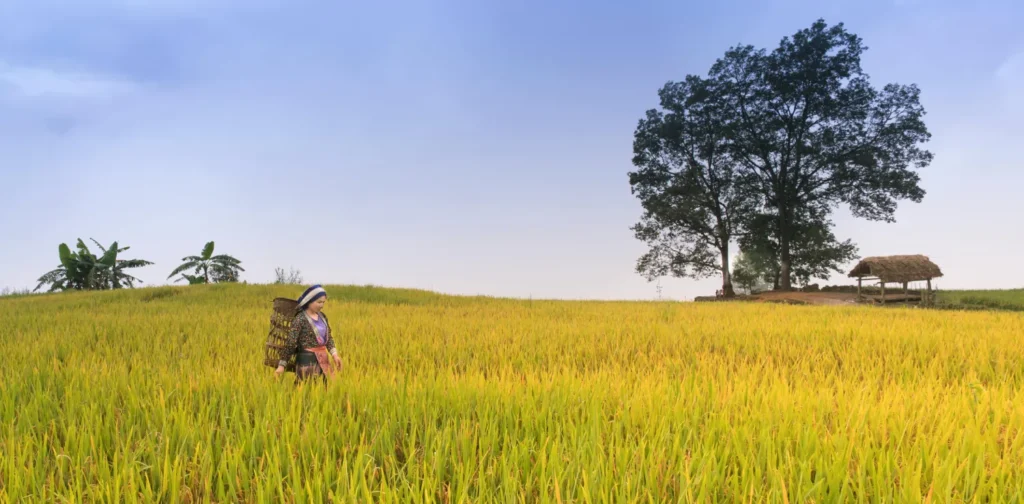 How Businesses Can Help Build a Gender-Inclusive Agritech Ecosystem
How Businesses Can Help Build a Gender-Inclusive Agritech Ecosystem  How Climate Change Exacerbates Malnutrition in Indonesia
How Climate Change Exacerbates Malnutrition in Indonesia